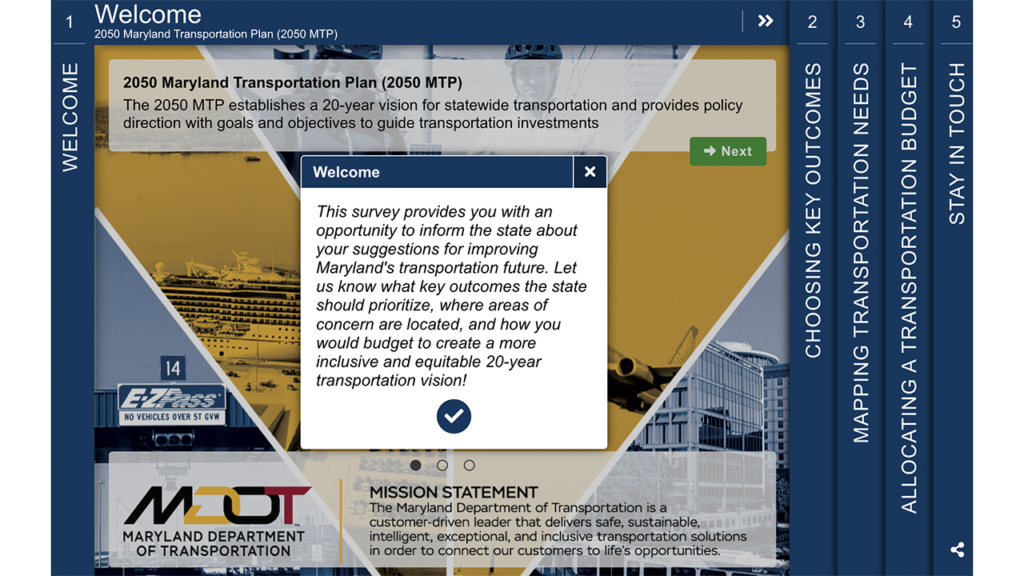
Transit Briefs: Amtrak, BART, Maryland DOT, NYMTA, PANY/NJ
Written by Marybeth Luczak, Executive Editor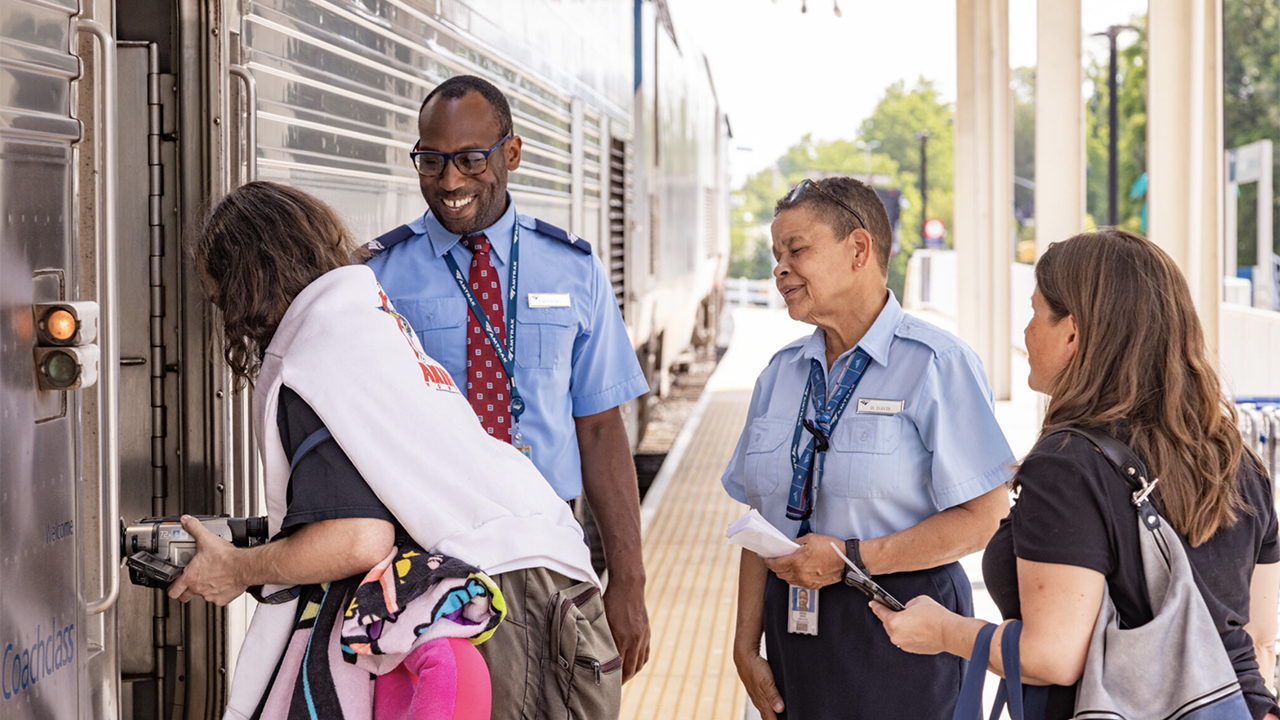
Amtrak on June 14 will hold hiring events in Washington, D.C., and Philadelphia, Pa., and online. More than 4,000 positions are available. (Amtrak Photograph)
Amtrak is hosting in-person and virtual hiring events on June 14, and will temporarily suspend some Michigan-to-Chicago Wolverine service. Also, San Francisco Bay Area Rapid Transit District (BART) approves a two-year budget, including a fare hike; Maryland Department of Transportation (MDOT) is seeking public input to help shape its long-range transportation plan; New York Metropolitan Transportation Authority (MTA) will introduce blue lighting inside select subway stations; and the Port Authority of New York and New Jersey (PANY/NJ) issues a Request for Qualifications (RFQ) for the AirTrain Newark replacement program.
Amtrak on June 14 will hold hiring events in Washington, D.C., and Philadelphia, Pa., and online. More than 4,000 positions are available in IT, onboard services, finance, mechanical, customer service and construction, as well as conductor and engineer jobs. Candidates are encouraged to register, but walks-ins are also welcome, “America’s Railroad” reported June 8. Amtrak is also offering paid internship and co-op opportunities for both undergrad and graduate students, as well as apprenticeship programs.
“Along with offering well-paying, rewarding work, Amtrak provides a competitive benefits program that supports employees,” the railroad said. “This includes rail pass travel privileges that provide employees and their eligible dependents free or reduced-rate rail transportation, a generous amount of paid time away from work each year, educational assistance, comprehensive health and wellness benefits, and much more.”
In a related development, Amtrak has been honored on the Forbes Best Employers for New Graduates in 2023 list.
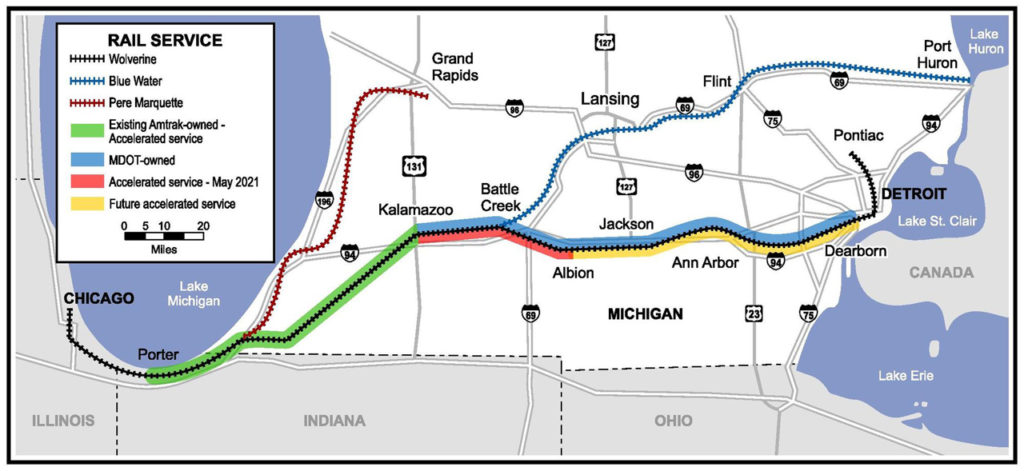
Also, Amtrak will begin suspending its Wolverine Trains 350 and 353 Monday through Thursdays starting July 31, according to an MLive.com report. Amtrak and the Michigan Department of Transportation will be making infrastructure improvements through the first week of October, the news outlet said. The trains operate along the 304-mile Detroit/Pontiac-Chicago corridor (see map above). During the service suspension, they will only run Fridays, Saturdays and Sundays, but “Blue Water Trains 364 and 365 will operate normally and also serve Wolverine stations in southwestern Michigan,” MLive.com reported. “Trains 351, 352, 354 and 355 will operate normally.”
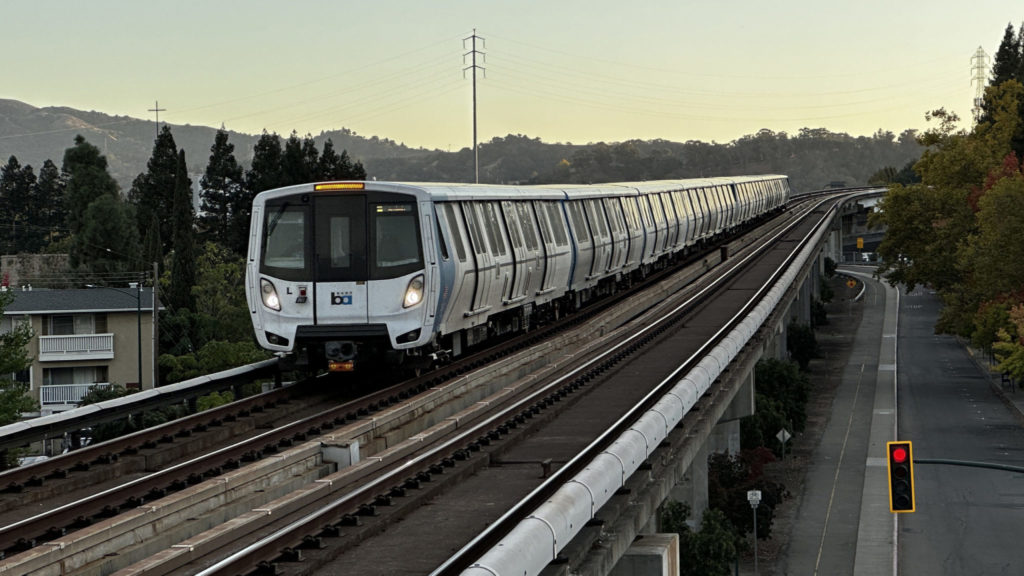
The BART Board of Directors on June 8 signed off on a two-year budget. “Although the budget is balanced for FY24, which begins July 1, a $93 million deficit looms for FY25,” according to the transit agency.
“Despite our best efforts to hold the line on expenses and grow revenues with modest fare increases, we are still facing a structural, ongoing budget gap,” BART Board General Manager Bob Powers said. “It’s a stark reminder that BART alone cannot solve the financial crisis created by the pandemic. Right now, BART needs temporary state funding to bridge the gap while we pursue a sustainable source of operating funds to help advance the Bay Area and California’s economic, climate and equity goals.”
According to the transit agency, federal emergency funds have sustained BART operations since the outset of the pandemic, but it expects to run out of that funding around March 2025. After that, BART could face deficits of $300 million a year without temporary state funding, it said.
Among the approved budget highlights:
- Clipper START discount increase. The Board voted to change the means-based transit fare discount to 50% beginning in January 2024. Known as Clipper START, the Metropolitan Transportation Commission pilot program provides discounts for Bay Area residents ages 19-64 earning under 200% of the federal poverty level. Currently, enrollees get a 20% discount on all BART fares. Clipper START is accepted on more than 20 regional transit operators.
- Fare Increase. The Board also approved two increases in fares. Rather than following current policy, which would dictate a single increase of 11.4% in January, the Board voted to increase fares twice over two years, by 5.5% each. According to BART, the increases are tied to the rate of inflation minus a half-percentage point. The average fare of $4.20 will rise by 23 cents when the first increase takes effect in January. The fare hikes are expected to bring in an additional $26 million in operating funds through FY25. BART earlier this year sought public feedback on the two less-than-inflation fare increases. The last fare increase, of 3.4%, occurred July 1, 2022.
This is the second year that the BART Board has adopted a two-year budget combining operating and capital financial plans. The total FY24 operating and capital budget is $2.6 billion, with capital funding dedicated to the Next Generation Fare Gate program, escalator replacement, Fleet of the Future railcars and Measure RR rebuilding projects, according to the transit agency.
The FY24 operating budget will fully fund the September “reimagined schedule to increase ridership in response to post-pandemic commute patterns and the ongoing redeployment of police personnel and cleaning staff in response to customers’ concerns,” BART reported.
In a separate action, the Board voted to approve a new parking pricing policy that replaces an outdated policy from 2013. The new policy would allow staff to vary parking prices within a defined range depending on whether parking lots are full.
The MDOT is updating its long-range transportation plan and is asking residents for their input to “help build a safe, convenient and inclusive system that benefits every Maryland community.”
The MDOT has launched an online survey to collect feedback through July 10. The public also can share comments at [email protected]. The public will have additional opportunities to provide feedback this summer, and draft plans will be available for review and comment this fall.
The 2050 Maryland Transportation Plan is expected to be adopted in January.
As part of the Maryland Transportation Plan update, a governor’s committee is reviewing the state’s annual Attainment Report on Transportation System Performance, a document that outlines how well the MDOT is meeting its mission, goals and objectives, according to MDOT. The Attainment Report Advisory Committee—comprising representatives from commerce, environmental, transit, labor, academic, health and equity organizations, and others—began meeting in May to guide development of updated transportation goals, performance measures and targets.
“The Moore-Miller Administration aims to transform the transportation system to provide a network of accessible, equitable and sustainable options across the entire state,” Maryland Transportation Secretary Paul J. Wiedefeld said. “Mobility, equity, economic vitality and environmental sensitivity are essential to help our communities thrive and prosper. We need the voices of all Marylanders to help us chart a new course for transportation.”
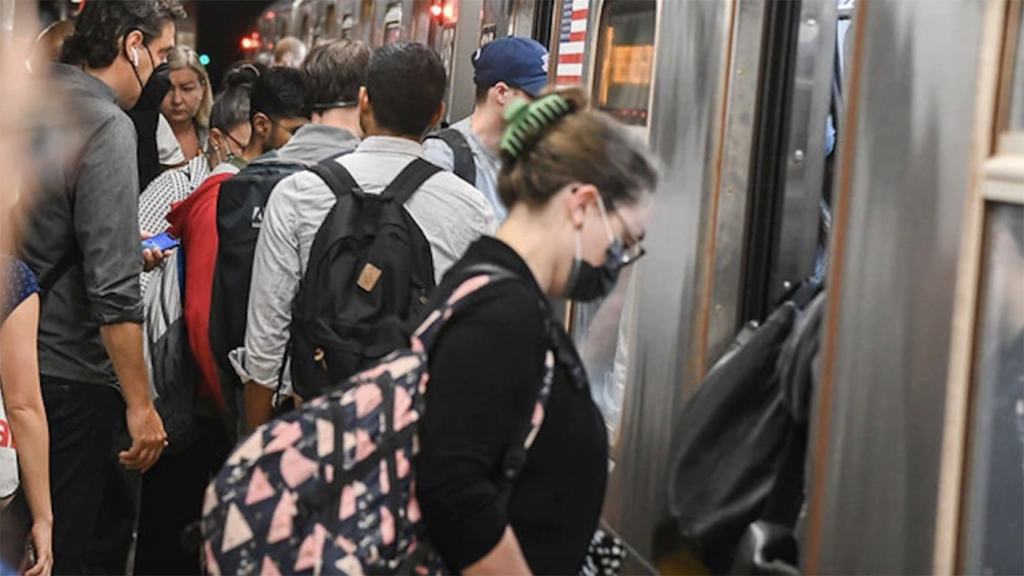
The New York MTA will install blue lighting in New York City Transit subway stations to help prevent suicide attempts, according to a June 7 report by THE CITY, a digital news platform.
“An MTA spokesperson confirmed an internal Department of Subways bulletin obtained by THE CITY that details how the MTA is introducing blue lighting inside stations that have been plagued by a high number of incidents of people going into the path of trains,” the news outlet said. The lights, which are said to have “a calming effect and deter suicide attempts,” will be tested in a pilot program at two subway stations in Manhattan and one in Brooklyn.
“The new-look lights are being installed in the wake of 234 reported incidents of people coming into contact with trains in 2022—a nearly 25% increase from 2018, according to MTA statistics,” THE CITY reported. “It follows the 2019 rollout of similar technology on the Long Island Rail Road, which now has 26 stations equipped with blue platform lights.”
According to THE CITY, the “latest MTA Track Trespassing Task Force report cited research from multiple Japanese railway operators that began installing blue lighting on platforms and at railway crossings more than a decade ago, pointing to one study that showed an 84% decrease in the number of suicides over a 10-year period.
“‘Although further research is needed to verify and characterize the effectiveness of blue lighting as a suicide prevention tool, the MTA has deemed this tool to be promising enough to implement on a limited basis,’ the report says.”
MTA is also looking into using “video analytics technology to send out alerts upon detecting via live security camera footage ‘dangerous behaviors that could lead to track intrusions,’ placing front-facing cameras on trains, and installing track-intrusion detectors that alert train crews and the rail control center when a person or object enters the tracks,” THE CITY reported. Additionally, next year it will start testing platform screen doors at three stations; however, MTA “has acknowledged that solution is not feasible at about three-quarters of the 472 stations in the subway system,” THE CITY said. “The MTA has already placed signs near tunnels where trains enter stations that read ‘Your pain is real, but so is hope’ and urge people to call or text the 988 suicide and crisis lifeline.”
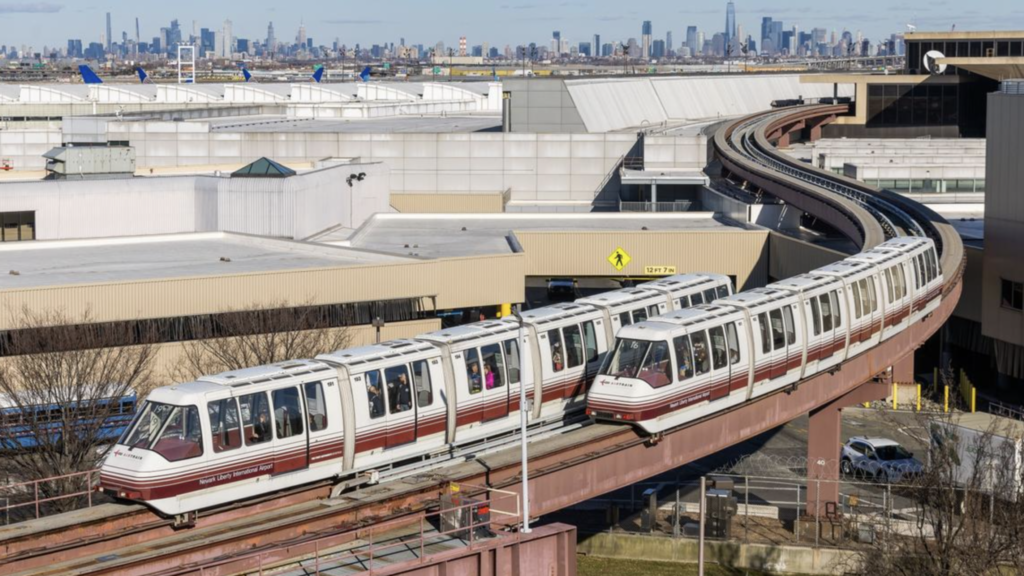
PANY/NJ has released an RFQ for the AirTrain Newark replacement program, including the design, furnishing, delivery, installation, testing and commissioning of the AirTrain’s civil infrastructure, specifically the guideway and stations serving Newark Liberty International Airport. The objective of the RFQ is to identify and shortlist prequalified firms to advance to the Request for Proposals (RFP) phase of the procurement. According to PANY/NJ, RFQ respondents should comprise one or more lead contractor(s) and one or more lead designer(s).
PANY/NJ on March 23 reported selecting three firms for the design and construction of the new AirTrain’s automated-people-mover system technology and the operations and maintenance of the components necessary for a fully functional AirTrain: Alstom Transport USA Inc., DCCCA1 Inc. (Doppelmayr) and Mitsubishi Heavy Industries America Inc.
Additional procurement phases in the AirTrain Newark replacement program may include, but are not limited to, contracts for early works packages; a design package; a maintenance and control facility for the system technology equipment; and pedestrian connections from stations to existing airport facilities.
The existing AirTrain Newark system, which debuted in 1996, “has become outmoded and unreliable,” according to PANY/NJ. The current system carries an average of 26,000 riders per day or nearly 10 million riders per year. It provides access to the Newark International Airport station on New Jersey Transit and Amtrak’s Northeast Corridor lines and provides customers and employees with the ability to transfer among airport terminals, parking lots and rental car facilities.
